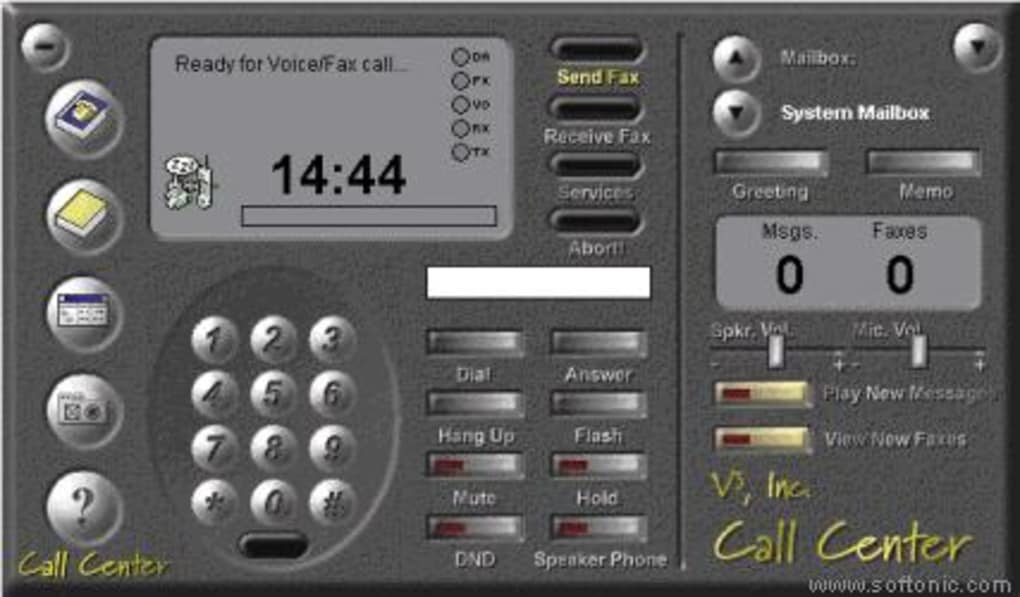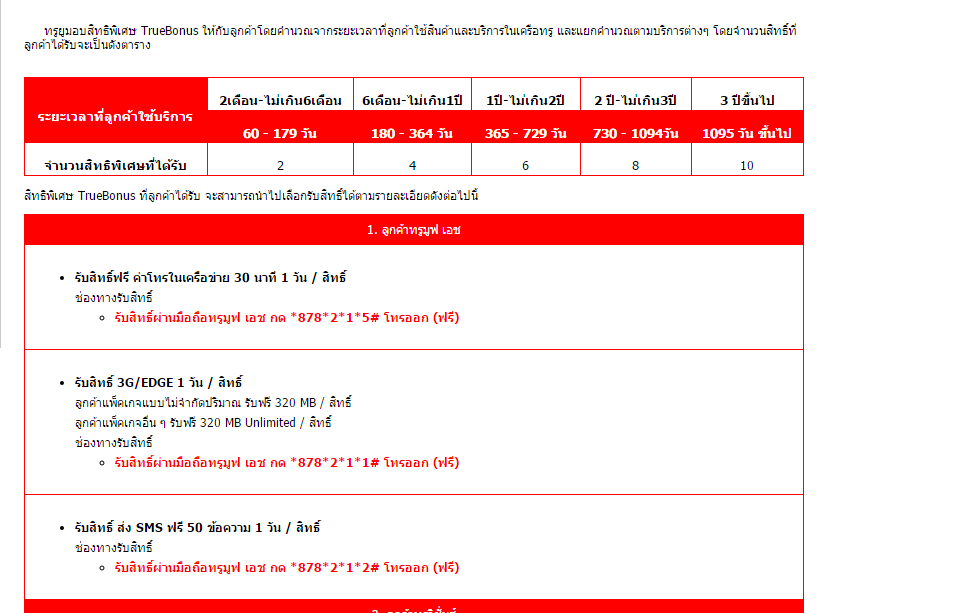
“But what it doesn’t tell us is what happens to the 20% of customers that are not answered in 20 seconds.” The 80/20 rule gives us a goal for 80% of the customers. Gemma Caddick, a Forecast Analyst at Severn Trent Water, brings up the first problem. Service level metrics don’t correlate with customer satisfaction
CALLCENTER TRUE HOW TO
How to Monitor Call Center Performance 2. It’s not that conventional metrics are unimportant, the researchers say, but because they are ‘lagging indicators’ they can bog down efforts to achieve rapid, dramatic change.” So that’s a broad strategic reason to de-emphasize service level.

Harvard Business Review put it succinctly: “Instead of worrying about typical customer satisfaction measures, such as share of wallet and net promoter scores, organizations should look at the number of new value-adding service ideas put into practice.

Traditional metrics are ‘lagging indicators’ Most of the complaints boil down to the idea that, if too much attention is focused on optimizing for this metric, other facets of the call center can suffer. The case against worshipping service level has been made by many contact center analysts and industry veterans.

You know, that old saying about “20% of the work will take 80% of the time.” But clearly that’s a spurious connection.ģ Problems with the 80/20 Service Level for Contact Centers The Golden Rules of SLAs The ’80/20 rule’ is just an arbitrary industry standardĬall center veteran Lawrence Whitaker says he suspects that the 80/20 “standard” gets a false validity boost simply because it sounds like the Pareto Principle. Whatever the story is, clearly we need to approach this “standard” with skepticism. In other places, you might read that the 80/20 principle came from an AT&T study conducted some 30 years ago, that found that callers tended to hang up after 20 seconds in the queue. There’s debate over whether Ericsson or Rockwell was actually first to market with a true Automatic Call Distributor. Rockwell, which got out of the call center business in 2004, was one of the pioneers of the technology. Some analysts say that 80/20 principle was “hard-wired” into the original call center platforms made by Rockwell in the 1970s. Because using the 80/20 rule for call centers is doing exactly that. With so much riding on this metric, it's shocking to see how many call centers choose their service level arbitrarily, or with minimal consultation. No one knows where this standard came from!.The most popular service level is 80/20.It was arbitrarily chosen in the early days of call center technology.Īfter speaking to numerous experts in this field, two things became clear. There is no 80/20 rule or principle at all. You might be thinking that this standard is based on careful analysis. Even more astonishing is that most call centers would name the identical target value for that metric: the magical “80/20.” The longevity of service level is astonishing if you consider the enormous changes that have occurred in customer service technology over the last few decades. Where Did the 80/20 Service Level Rule Come From? Service level is always given as a pair of numbers:Īn 80/20 service level in a call center simply means that 80 percent of the calls will be answered within 20 seconds. It’s not enough to blindly rely on the 80/20 rule, but many businesses are doing just that! What is a Call Center Service Level of 80/20? With so much riding on this metric, it’s shocking to see how many call centers choose their service level arbitrarily, or with minimal consultation. For some outsourced call centers (BPOs), missing a service level could result in financial penalties - or even the loss of their contract! And for many call center managers, maintaining these service levels is a top priority. What is the Purpose of Service Levels?Ĭall center service levels are, broadly speaking, a commitment to a particular average speed of answer, or ASA.
.jpg)
Its origins go back over five decades, to the earliest days of call centers. This metric is universally understood across the industry, and clearly conveys how quickly customer calls are answered by support agents. In the world of contact center metrics, service level has always held a special place. Significantly boosted CSat while reducing abandon rates Conversation Scheduling Let your customers decide when to receive a call-back from you.Programmable Call-Backs Offer call-backs at any stage in your customer’s journey.Web Call-Backs Offer customized call-backs to customers on web, and mobile.Voice Call-Backs Smooth out call spikes, lower abandon rates, and improve the customer experience.


 0 kommentar(er)
0 kommentar(er)
